
R.I.P. Fakir Musafar
Body piercing pioneer Fakir Musafar passed away today after a protracted battle with lung cancer. He was 87 years old. R.I.P. Fakir Musafar.
Fakir was born Roland Loomis in 1930 in Aberdeen, South Dakota in what was then part of a Sioux reservation. He first pierced his penis in 1944, at 13 years old. Through his teenage years and early twenties, he pursued altered states of consciousness through constriction and encumberments he placed on his body. He documented his spiritual journey of self-discovery as he experimented with what he called body play in the basement of his parents’ South Dakota home. He has talked about being intensely drawn to the practices of what were then referred to as “primitive” cultures through encyclopedias and publications like National Geographic. He was an avid photographer, teaching himself how to develop his own photos during WWII, when wartime rationing made film difficult to get. He extensively documented his experiments, and these photos are considered iconic images of early body piercing.
As a young man he pursued a rather traditional path for someone who would be so influential in the body modification community. He studied electrical engineering and received a B.S.E. degree from Northern State University in South Dakota and an M.A. degree in Creative Writing from San Francisco State University. For many years he held executive positions in San Francisco advertising agencies and operated his own ad agency in Silicon Valley. Along the way he was an instructor in demolitions and explosives in the U.S. Army and teacher of ballroom dancing at Arthur Murray's. During this time, his experimentation on his body was done apart from his professional life, and he only shared this life with a select few.
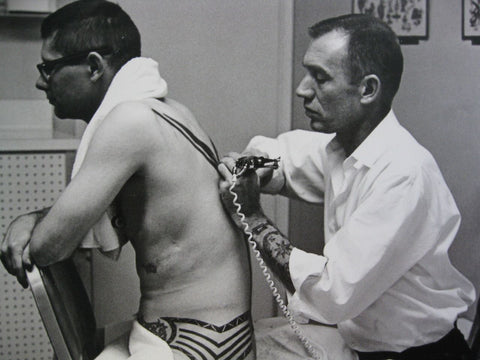
It was in the early ‘70s when Fakir was introduced to Jim Ward by mutual friend Doug Malloy, and this meeting would lead to the beginning of modern body piercing. Fakir would become heavily involved with Jim’s fledgling company, Gauntlet, which started in Los Angeles and went on to become the first body piercing boutique in the world when it opened its retail location in 1975. Fakir was integral to the content of PFIQ (Piercing Fans International Quarterly), a magazine published by Jim and Gauntlet. The almost-quarterly journal started as a newsletter to connect like-minded piercing fans, and grew into a full-color glossy magazine that set the template for what piercing is and would become over several decades. Fakir still had a day job as an advertising executive, and he brought his experience to the magazine, contributing memorable photos, interviews, and extensive content.
Looking back, Fakir was a perfect compliment to Jim Ward. While Jim wrote in his memoir that he was attracted to the sexual aspects of piercing through his involvement in the gay leather community, Fakir was drawn to body modification as part of a larger spiritual quest. While Jim established a business template for body piercing studios and jewelry manufacturing, Fakir was instrumental in creating the image of the industry, and helped define how we represented ourselves for decades to follow.
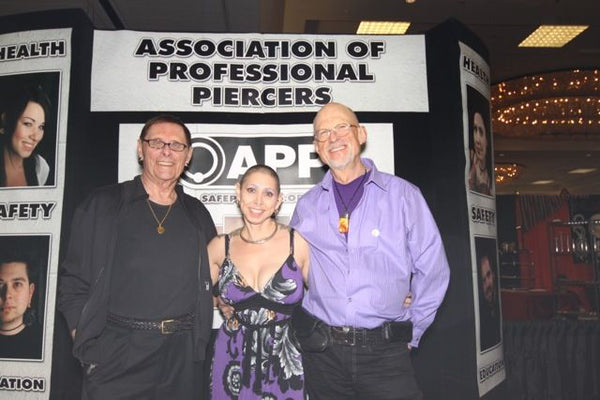
Fakir and Jim were famously subjects in the film Dances Sacred and Profane, a “shockumentary” that follows Fakir, Jim Ward, and Charles Gatewood into the hills of Wyoming, where Jim and Fakir go through a Sioux sun-dance-inspired ritual. Fakir is then filmed suspending from piercings in his chest in a ritual reminiscent of the Okipa ceremony, traditionally practiced by the Mandan tribe of what is now North Dakota. Gatewood’s still photographs of Fakir from this trip have become iconic, profoundly influencing what became modern suspension.
Fakir popularized the term “Modern Primitive,” and was extensively interviewed in the book of that name. First published in 1989, ReSearch Publications’ Modern Primitives was hugely influential to an entire generation of piercers and body modification enthusiasts. Fakir has said the term describes “a non-tribal person who responds to primal urges,” and for many it has become the primary narrative in the piercing industry since its publication.
Fakir eventually left his old work (and name) behind and limited his professional life to the piercing industry. He went on to produce his own magazine, Body Play and Modern Primitives Quarterly, which he published from 1992 to 1999. He started a piercer training program, Fakir’s Body Piercing and Branding Intensives. Since 1991, this program has trained students in piercing, branding, and scarification, and many of these graduates are still involved in our industry.
For Fakir, spirituality and sexuality are intertwined. While he continued to oversee his piercing intensives in San Francisco, he and his wife of twenty-seven years, Cléo Dubois, have been advocates and educators and ambassadors of the larger BDSM community. “He is a pioneer, liberator, explorer, masochist, visionary, artist, spiritual seeker — and also a regular guy from South Dakota and my loving husband of 26 years,” Cléo was quoted as saying in a recent interview.
[Photo below is by Stephen Lam, Special to the S.F. Chronicle]
Roland first assumed the alter ego of Fakir Musafar at one of the first tattoo conventions in Reno, Nevada, “coming out” to the public in 1979. As he got older, he adopted the moniker of Fakir full time, professionally and personally. In the end, did Roland Loomis succeed in becoming Fakir? Was Fakir the construct, or was Fakir the true person who Roland kept hidden all those years he worked as a Silicon Valley advertising executive? Regardless, the person and personality are both gone, and the world is poorer for their passing.

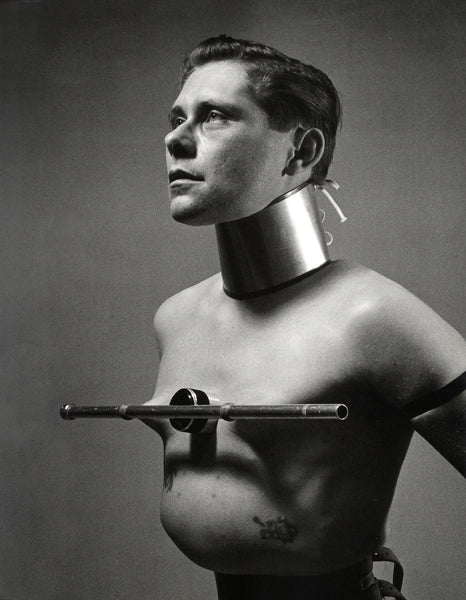
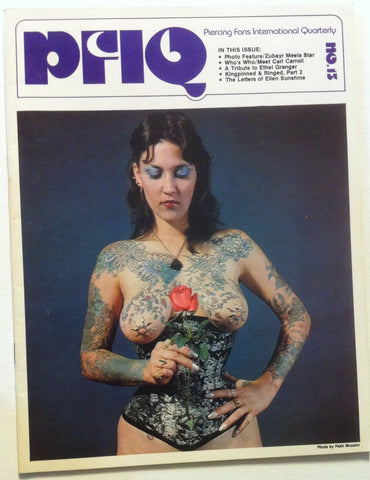
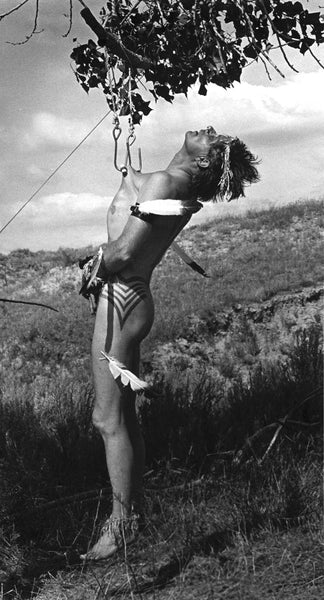
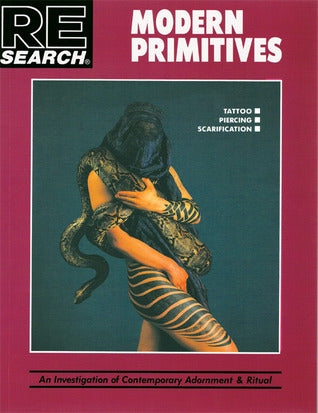
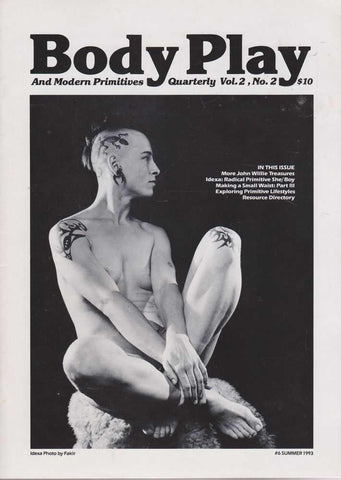
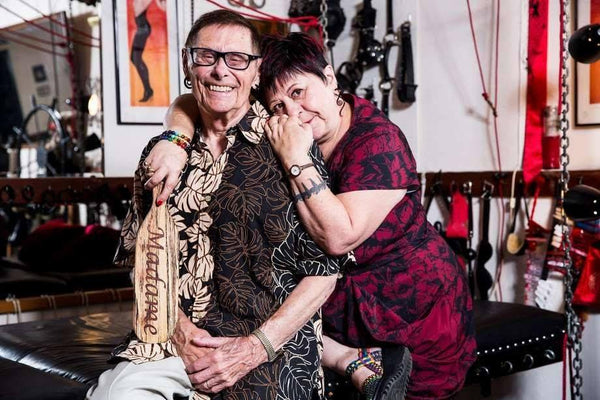
Comments
Leave a comment